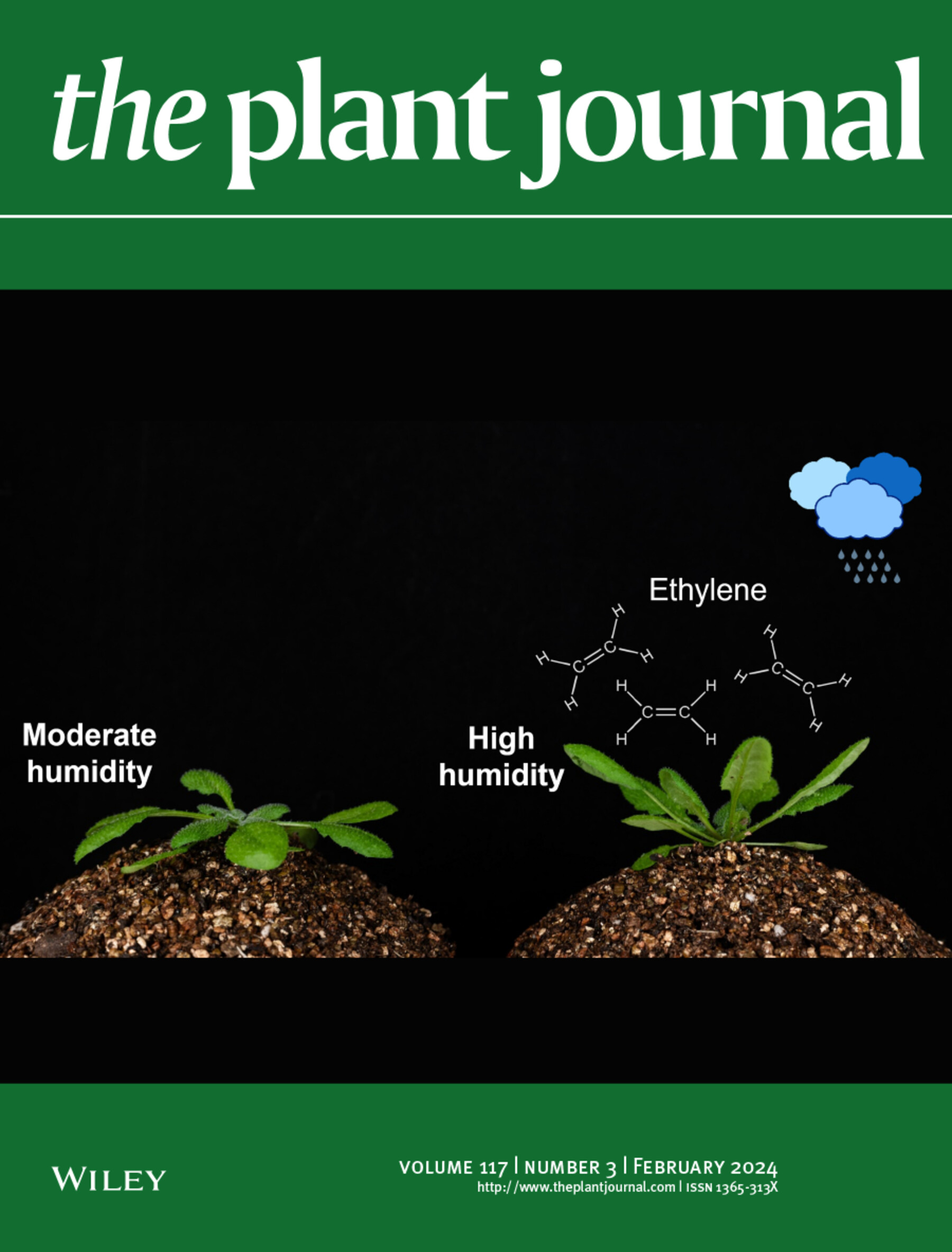Origin and early divergence of tandem duplicated sorbitol transporter genes in Rosaceae: insights from evolutionary analysis of the SOT gene family in angiosperms
Abstract
Sorbitol is a critical photosynthate and storage substance in the Rosaceae family. Sorbitol transporters (SOTs) play a vital role in facilitating sorbitol allocation from source to sink organs and sugar accumulation in sink organs. While prior research has addressed gene duplications within the SOT gene family in Rosaceae, the precise origin and evolutionary dynamics of these duplications remain unclear, largely due to the complicated interplay of whole genome duplications and tandem duplications. Here, we investigated the synteny relationships among all identified Polyol/Monosaccharide Transporter (PLT) genes in 61 angiosperm genomes and SOT genes in representative genomes within the Rosaceae family. By integrating phylogenetic analyses, we elucidated the lineage-specific expansion and syntenic conservation of PLTs and SOTs across diverse plant lineages. We found that Rosaceae SOTs, as PLT family members, originated from a pair of tandemly duplicated PLT genes within Class III-A. Furthermore, our investigation highlights the role of lineage-specific and synergistic duplications in Amygdaloideae in contributing to the expansion of SOTs in Rosaceae plants. Collectively, our findings provide insights into the genomic origins, duplication events, and subsequent divergence of SOT gene family members. Such insights lay a crucial foundation for comprehensive functional characterizations in future studies.

 求助内容:
求助内容: 应助结果提醒方式:
应助结果提醒方式:


